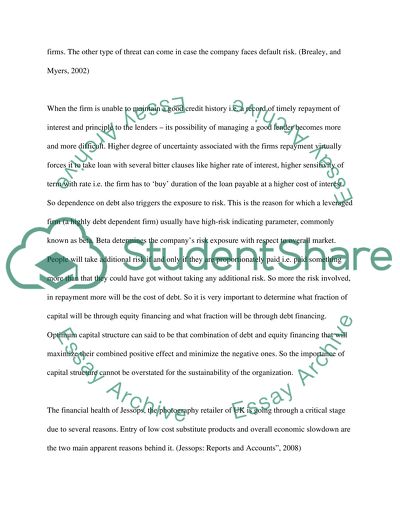Cite this document
(“Financial Management & Analysis Essay Example | Topics and Well Written Essays - 1500 words”, n.d.)
Financial Management & Analysis Essay Example | Topics and Well Written Essays - 1500 words. Retrieved from https://studentshare.org/miscellaneous/1520684-financial-management-analysis
Financial Management & Analysis Essay Example | Topics and Well Written Essays - 1500 words. Retrieved from https://studentshare.org/miscellaneous/1520684-financial-management-analysis
(Financial Management & Analysis Essay Example | Topics and Well Written Essays - 1500 Words)
Financial Management & Analysis Essay Example | Topics and Well Written Essays - 1500 Words. https://studentshare.org/miscellaneous/1520684-financial-management-analysis.
Financial Management & Analysis Essay Example | Topics and Well Written Essays - 1500 Words. https://studentshare.org/miscellaneous/1520684-financial-management-analysis.
“Financial Management & Analysis Essay Example | Topics and Well Written Essays - 1500 Words”, n.d. https://studentshare.org/miscellaneous/1520684-financial-management-analysis.


